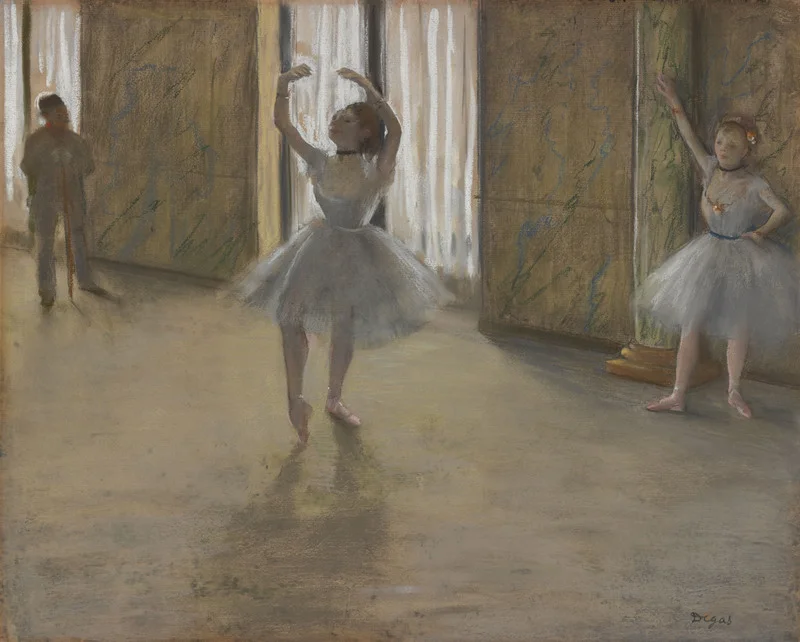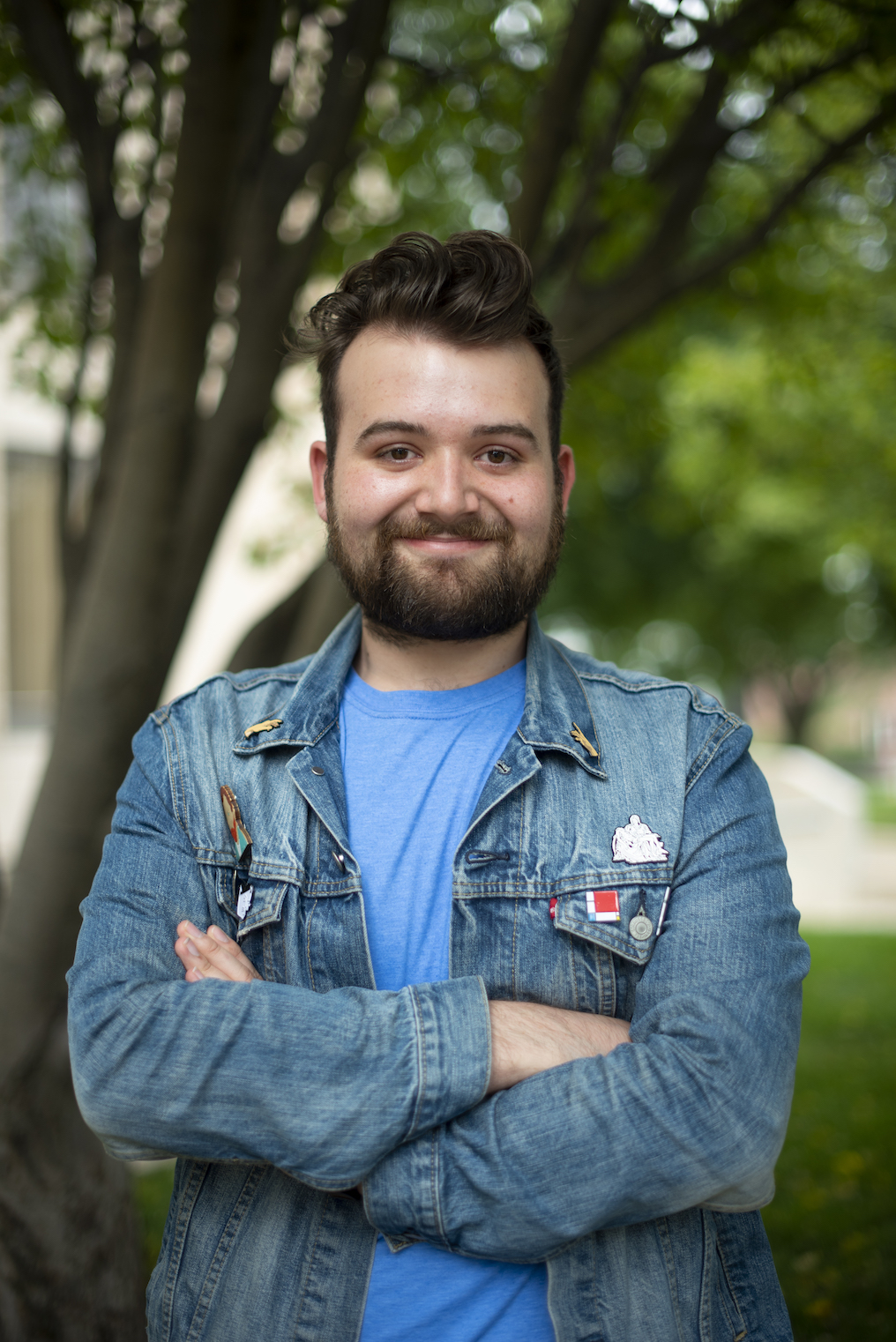@thedenverartmuseum | Degas: A Passion for Perfection
PC: Edgar, Degas, La Leçon de Danse (The Dancing Lesson), c. 1877 | PC: Portland Museum of Art, Maine
Memento Artem
Where would you find nude women bathing, horses racing and ballerinas dancing? “Degas: A Passion for Perfection,” an art exhibit at the Denver Art Museum, explored those specific motifs in over 100 works when it made its only United States debut.
Although many would recognize artist Edgar Degas’ more renowned ballerina paintings, “Passion for Perfection” explores a variation of subjects in a way that shows Degas’ growth as an artist from 1855 to 1906.
Degas would often paint his subjects in a way that suggests intimacy. . Much like his contemporary Mary Cassatt, viewers are left with the thought of, “It feels like I’m there.” However, unlike his peers, Degas would capture most of his subjects in his Paris studio rather than outdoors.
It’s something about this indoor studio that imbues his subjects with a closeness that feels incredibly raw and at times a little overwhelming.Degas explored this intimacy in a repetitive way. Many times he would “copy and paste” subjects from one piece to another. You may ask, “Why would he do that? Why not get a new model for every piece?”
To him each subject had very special potential. He found the opportunity to experiment and refine each subject in an effort to study form. This is evident in a piece like “Racehorses at Longchamp” where some riders look very similar in their posture and movement.
This piece further demonstrates that to Degas, subjects provided learning opportunities that pushed himself to improve as an artist.
Horse racing became a popular and fashionable pastime among the higher class during his time period. However, to Degas, the horses created an interesting artistic challenge. As subjects, they provided an opportunity to study shape and motion.
Though Degas was inspired by classical masters who depicted the imagery of horses, it’s said that he may have also been inspired by the photographic innovation of Eadweard Muybridge, who captured the movement of horses, other animals and people.
Degas wasn’t just an artist. He was an avid learner that continually pushed himself to experiment and try new artistic methods with media like sculpture and monotype prints.
Additionally, he challenged himself to refine and perfect subjects that captured his eye. This shows the mark of a true master – the ability to consistently be a student of art.
Cameron Cizek is a senior studying computing.


